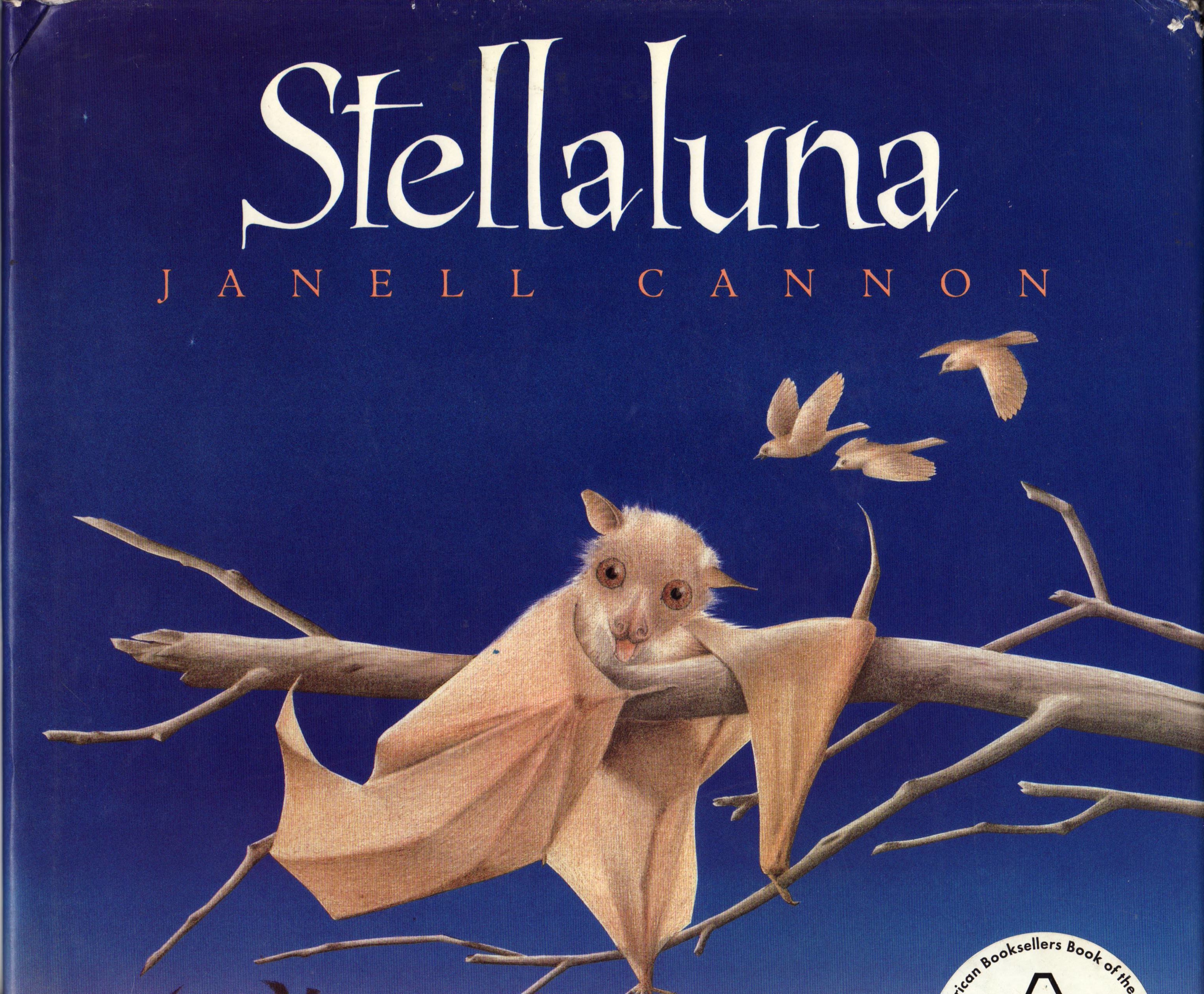by H. Joseph Hopkins
Illustrated by Jill McElmurry
Published: 2013
Awards: 2015 Oregon Book Award Finalist, Booklist 2013 Top 10 Books for Youth, Science & Health; Booklist Top 10 Books for Youth 2013: Crafts and Gardening; 2014 Irma Black Award Finalist; Booklist Top 10 Books for Youth 2014, Sustainability; 2014 Amelia Bloomer Project List, Early Readers Nonfiction; Booklist 2014 Top 10 Books for Youth, Biography; IRA Children’s Choices 2015: Young Readers (Grades 3 & 4).
The Tree Lady is a picture book biography about Katherine Olivia Sessions, the woman who is credited for planting trees in San Diego in the 1890s that ultimately transformed the city from a desert to the beautiful lush landscaped city that we know today. The Tree Lady would be perfect to use in many ways in your classroom,not only in reading and writing workshop, but in science, environmental education, gardening classes or as an example of inspirational people. (Sessions was the first women to be granted a degree in science from the University of California, Berkeley in 1881.)
In writing workshop, The Tree Lady would model for students on how to write a biography that is in a short, picture book format. This would involve writing the movement and passage of time of a person’s life in an effective way to keep readers engaged. Writers would need to make decisions on important aspects of the person’s life to write about—all mature decisions as a writer to make.
The Tree Lady is excellent to use in reading workshop as an informational read to teach about the structure of biographies. Thinking critically about the text, synthesizing, summarizing as well as inferring Sessions actions throughout the story can easily be emphasized with this story.
Another idea would be to compare Katherine Sessions early childhood as described in the book (loving nature and trees, getting dirty, etc in the 1870s) to Jane Goodall’s early childhood and how these two inspirational women made a difference in the world.
Book Talk
Katherine Olivia Sessions (later in the book referred to as Kate) was born in Northern California in 1857. As as child she absolutely loved nature. She was always found outdoors in the forests surrounding her home. She always got dirty, which little girls in the 1860s were not suppose to do!
Some favorite lines:
“Kate felt the trees were her friends. She loved the way they reached toward the sky and how their branches stretched wide to catch the light. Trees seemed to Kate like giant umbrellas that sheltered her and the animals, birds, and plants that lived in the forest. Not everyone feels at home in the woods. But Kate did.”
Her love and fascination with nature grew and in school she focused on her science classes—highly unusual for a girl at that time. She attended the University of California, Berkeley and in 1881, she was the first women to graduate from Berkeley with a degree in science.
In 1883, she took a teaching job in San Diego and was so surprised upon her arrival to see that San Diego was mostly desert. She stayed with her teaching job for just a while as her yearning for trees pulled her outside to do something about the barren environment around the city.
She opened her own plant nursery and worked with the San Diego city government to allow her to run her growing fields in the City Park (now the beautifully landscape Balboa Park.) At that time, City Park was scrubby and deserty.
City leaders made a deal with her to plant 100 trees in the park and 300 around the city. She eagerly and happily did and the landscape of San Diego began to change for the better. She was able to import hundreds of plants and seeds from all over the world.
When the city leaders announced that a great fair call the Panama-California Exposition was to be held in San Diego, they went to Kate to see if she could continue to plant and beautify the city. She and her hundreds of volunteers did not disappoint.
if you visit Balboa Park today, notice the old trees. They were all planted by Kate Sessions.
She received many great honors in her life. The honor she cherished most was being called “Mother of Balboa Park”.
Kate Sessions died in 1940 at the age of 82. She continued to garden until she died.
Suggested Uses as a Mentor Text:
Book Genre: Biography (picture book)
Reading Workshop Strategies: Making Connections, Critiquing, inferring, Synthesizing, Summarizing
Writing Workshop Genre and Strategies: Informational (Biography), Character development, Narrative, Elaboration
Curricular areas: environmental sciences, gardening
Interview with H. Joseph Hopkins: http://www.livingonink.com/2014/09/childrens-author-h-joseph-hopkins-of.html
Jill McElmurry’s website: http://www.jillmcelmurry.com/







